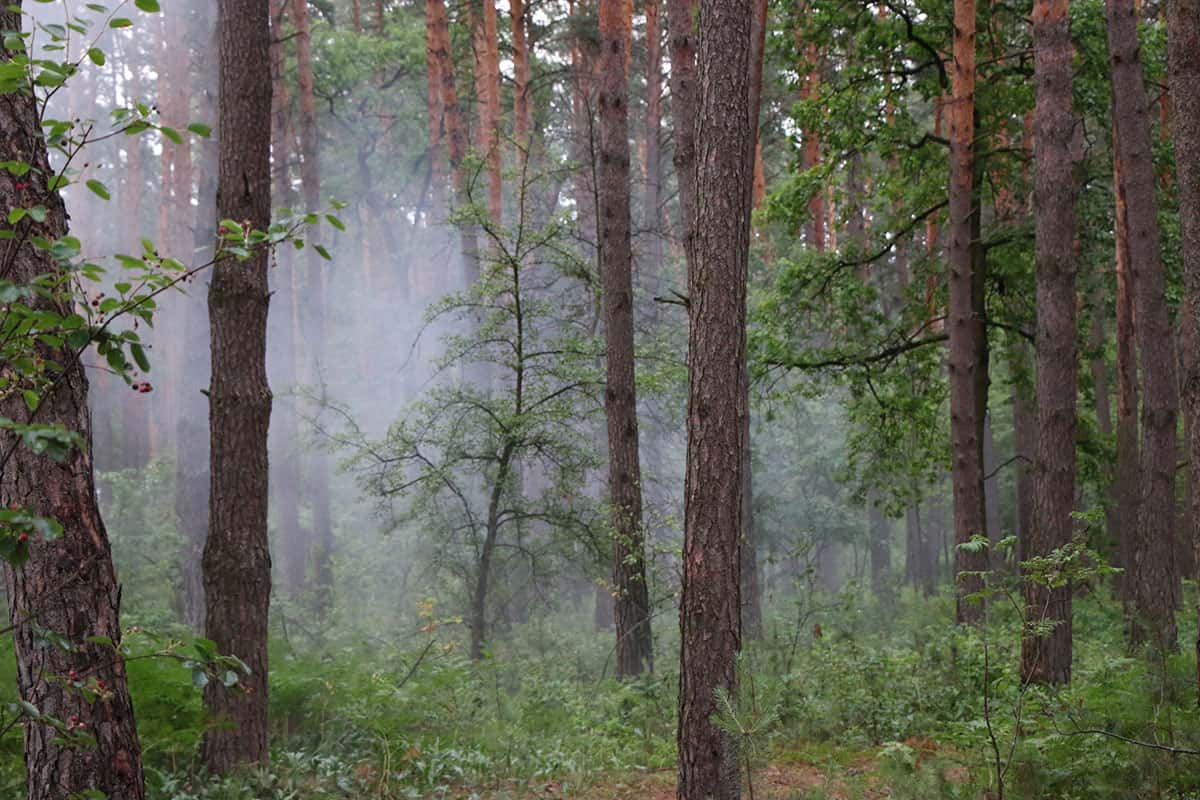
Building a log cabin is an exciting journey, but one of the first questions you’ll face is: which type of wood should I choose? Don’t worry – while there are several options available, the decision is more straightforward than you might think. But first, let’s look at some basics.
Your wood selection isn’t just about how the log cabin will look (though that’s important too!). The type of wood you choose will directly impact your log cabin’s durability, maintenance requirements, insulation properties, and long-term costs. Think of it as a key element for decades of comfortable living.
Let’s start with the most popular choices that dominate the market:

If you’re looking for the sweet spot between quality and value, Nordic spruce is your best friend. This isn’t just marketing talk – there are solid reasons why experienced builders consistently recommend it.
What makes Nordic spruce special?
Pine remains popular for good reason. It’s widely available and on the cheaper side. However, there are some trade-offs to consider before committing to pine:
Pine’s strengths:
The challenges:
Cedar is like the luxury car of log cabin construction. If your budget allows, it offers some incredible benefits:
The main drawback? Cost. Most cedar is imported from Canada, making it significantly more expensive than European softwoods.
Oak is the only hardwood on our list, and it shows. This is what you choose when you want a house that’ll outlast generations:
The trade-off? Oak commands premium prices and requires specialized construction techniques.
Here’s something interesting: most construction timber in Spain is actually imported from Northern Europe. In 2024, Spain imported nearly five times more sawn timber than it exported (€29.8M vs. €6.05M), highlighting our reliance on Nordic forests.
This isn’t necessarily a bad thing. Northern European producers have perfected kiln-drying techniques that significantly improve wood performance. Properly kiln-dried timber offers:

Here’s a crucial tip that could save you thousands in repairs: never mix different wood types in the same construction project.
Different woods have varying moisture content and expansion rates. When seasons change and humidity fluctuates, mixed woods expand and contract at different rates, potentially causing:
Northern European builders, who’ve been constructing log cabins for centuries, have a simple rule: stick to one wood type throughout the entire project.
If you want the best balance of quality, durability, and cost, Nordic spruce is hard to beat. It offers professional-grade performance without the premium price tag of hardwoods.
If initial cost is your primary concern, pine is acceptable – just budget for more frequent maintenance and be prepared for some aesthetic quirks.
If you’re building your forever home and budget isn’t the primary constraint, cedar offers beauty with minimal maintenance, while oak provides unmatched longevity.
Most log cabins today are prefabricated, which actually works in your favor. Prefab manufacturers typically use pre-selected, quality-controlled timber (usually spruce or pine) that’s been properly processed and kiln-dried. This standardization ensures:
For larger spans or contemporary designs, consider glued laminated timber (glulam). Made from Nordic spruce, glulam offers:

For most log cabin projects in Spain, Nordic spruce offers the optimal combination of performance, durability, and value. It’s what experienced builders choose when they want to balance quality with practical considerations.
Remember, your log cabin is an investment meant to provide comfort and joy for decades. Spending a bit more on quality timber upfront can save you significant maintenance costs and headaches down the road.
When in doubt, consult with local builders who have experience with your specific climate and conditions. They can provide invaluable insights about how different woods perform in your area’s unique environment.
The bottom line? Choose one high-quality wood type, stick with it throughout your project, and invest in proper kiln-dried timber from reputable suppliers. Your future self will thank you for making these smart decisions today.